Introduction
Bobo Chicken, a dish that tantalizes taste buds with its vibrant blend of spices, textures, and aromas, is a cornerstone of Sichuanese cuisine. Often hailed as a quintessential street food, this cold appetizer has transcended its humble origins to become a global sensation. But what exactly is Bobo Chicken? At its core, it is a medley of skewered meats, vegetables, and tofu products marinated in a fiery, numbing chili oil sauce. Yet, beneath this simplistic description lies a culinary tradition rooted in history, geography, and cultural exchange. This article delves into the origins, preparation, cultural significance, and modern-day appeal of Bobo Chicken, exploring why this dish has captured the hearts (and palates) of food enthusiasts worldwide.
Historical Origins: From Street Stalls to Culinary Icon
The story of Bobo Chicken begins in the lush landscapes of Sichuan Province, a region renowned for its bold flavors and adventurous use of spices. While the exact origins are shrouded in the mists of time, culinary historians trace its roots to the late Qing Dynasty (1644–1912). Legend has it that the dish emerged as a convenient meal for laborers and peddlers working along the bustling streets of Leshan, a city in southern Sichuan. These hardworking individuals needed a portable, affordable, and flavorful dish to sustain them through long days. Enter Bobo Chicken—a clever combination of leftover meats, locally grown vegetables, and a spicy broth that doubled as a preservative and flavor enhancer.
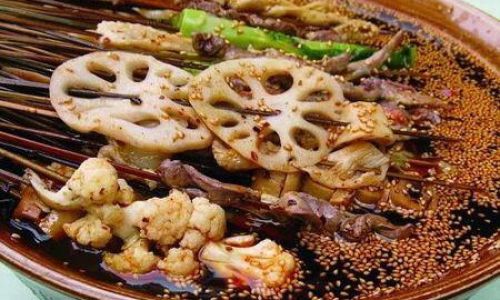
The name “Bobo Chicken” itself is derived from the Sichuanese dialect. “Bobo” refers to the clay pots (or “bowls”) in which the dish was traditionally served, while “chicken” highlights the original protein of choice. Early versions likely used every part of the chicken, from succulent thighs to crispy skin, ensuring nothing went to waste. Over time, the dish evolved, incorporating beef, offal, and an array of vegetables, reflecting the region’s agricultural abundance.
The Art of Preparation: From Skewer to Sauce
What sets Bobo Chicken apart is its meticulous preparation process, a dance of boiling, chilling, and marinating that transforms simple ingredients into a symphony of flavors. The journey begins with selecting the finest ingredients. Skewers of chicken, beef, quail eggs, lotus root, enoki mushrooms, and tofu skin are parboiled to perfection—tender yet firm enough to hold their shape. The cooking liquid, often infused with ginger, scallions, and Sichuan peppercorns, imparts a subtle fragrance that forms the dish’s foundation.
Once cooked, the skewers are cooled rapidly, a step crucial to preserving their texture. The real magic, however, lies in the sauce. A harmonious blend of chili oil, sesame paste, crushed peanuts, garlic, vinegar, and a pinch of sugar creates a complex flavor profile: spicy, tangy, nutty, and subtly sweet. The sauce is poured over the skewers, which are then left to marinate, allowing the flavors to permeate every nook and cranny.
Key Ingredients: A Tapestry of Texture and Taste
The beauty of Bobo Chicken lies in its versatility. While chicken remains the traditional star, modern interpretations embrace a kaleidoscope of ingredients. Skinless chicken thighs, prized for their tenderness, are a staple, but adventurous cooks might add beef tripe, shrimp, or even lotus root slices for crunch. Vegetables like cauliflower, cucumber, and seaweed contribute freshness, while tofu products absorb the sauce like sponges, delivering bursts of umami.
The chili oil, or hongyou, deserves special mention. Made by simmering dried chili peppers, star anise, cinnamon, and Sichuan peppercorns in oil, this fiery elixir is the dish’s soul. It imparts a vibrant red hue and a tingling sensation known as málà—a numbing heat characteristic of Sichuan cuisine. The balance between spice and numbness is delicate; too much chili oil overwhelms, while too little leaves the dish wanting.
The Signature Sauce: A Symphony of Spices
The sauce is where Bobo Chicken transcends mere sustenance to become an experience. Sichuan peppercorns, with their lemony zing and tongue-tingling properties, are ground into a coarse powder and mixed with roasted sesame seeds. Minced garlic and ginger add a pungent kick, while black vinegar introduces a tangy contrast. Some recipes incorporate a touch of soy sauce for depth, while others rely on fermented bean paste to amplify the umami.
What truly elevates the sauce is the layering of textures. A sprinkle of crushed peanuts or toasted sesame seeds adds crunch, while a drizzle of sesame oil lends a velvety finish. The result is a sauce that clings to each skewer, ensuring every bite is a rollercoaster of flavor.
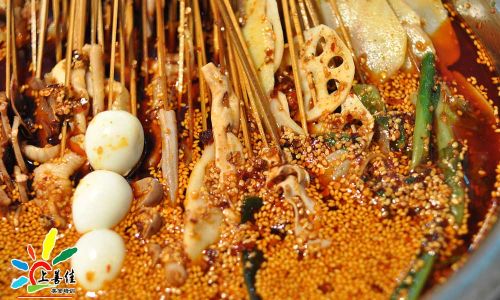
Cultural Significance: More Than Just a Meal
In Sichuan, Bobo Chicken is more than a dish—it’s a cultural touchstone. Street vendors, known as xiaochi stalls, dot the province, their steaming pots and vibrant skewers a testament to the dish’s enduring popularity. For locals, it’s a comforting snack shared with friends over glasses of iced tea; for tourists, it’s a rite of passage, a taste of authenticity in a rapidly modernizing world.
The dish also reflects Sichuan’s agricultural heritage. The region’s damp climate and fertile soil yield bumper crops of chili peppers, garlic, and ginger—ingredients that form the backbone of Bobo Chicken’s sauce. Moreover, the use of skewers speaks to the province’s history of bustling markets and mobile vendors, who relied on portable, easy-to-eat meals.
Regional Variations: A World of Flavors
While Sichuan is the undisputed home of Bobo Chicken, regional variations have emerged across China and beyond. In Chengdu, the capital of Sichuan, chefs might add doubanjiang (fermented broad bean paste) to the sauce for extra depth. In Beijing, adaptations might include lamb skewers or a milder chili oil to suit local palates.
Internationally, Bobo Chicken has inspired creative twists. In New York’s Chinatown, vendors might offer vegan versions with seitan or jackfruit, while in Tokyo, chefs experiment with yuzu kosho (a citrusy chili paste) for a Japanese twist. Regardless of the adaptation, the dish’s essence remains intact: a marriage of spice, texture, and tradition.
Health Aspects: Nourishment and Indulgence
Bobo Chicken’s appeal extends beyond taste; it also offers nutritional benefits. Chicken, a lean protein, provides essential amino acids, while vegetables like broccoli and bell peppers contribute fiber and vitamins. The sauce, while high in fat from the chili oil, contains antioxidants from the spices. However, moderation is key—the dish’s spiciness can irritate sensitive stomachs, and the sodium content from soy sauce or fermented ingredients warrants caution for those with dietary restrictions.
Bobo Chicken in Modern Times: From Street to Screen
In an era of food blogs and Instagrammable dishes, Bobo Chicken has found new life as a culinary celebrity. Social media platforms buzz with videos of chefs drizzling chili oil over skewers, while food influencers rave about its “málà” kick. Restaurants worldwide now feature Bobo Chicken on their menus, often paired with craft beers or bubble tea to balance the heat.
The dish’s rise to global fame is no accident. Its vibrant colors, customizable ingredients, and addictive flavor profile make it a hit with adventurous eaters. Moreover, its street food origins resonate with the growing trend toward authentic, experience-driven dining.
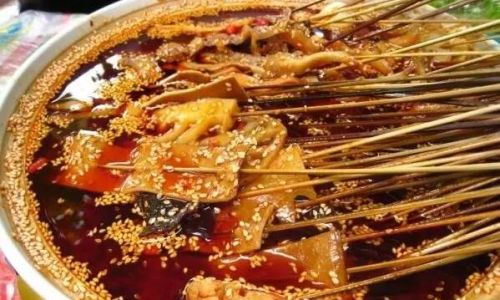
DIY Bobo Chicken: A Recipe for Adventure
For those eager to recreate the magic at home, here’s a simplified recipe:
-
Ingredients:
- 500g protein (chicken, beef, or tofu)
- 200g vegetables (lotus root, enoki mushrooms, bell peppers)
- 1 cup chili oil (store-bought or homemade)
- 2 tbsp sesame paste
- 1 tbsp crushed peanuts
- 1 tbsp minced garlic
- 1 tbsp black vinegar
- 1 tsp Sichuan peppercorn powder
- Skewers
-
Instructions:
- Boil the protein and vegetables until tender. Cool and thread onto skewers.
- Mix the chili oil, sesame paste, garlic, vinegar, and peppercorn powder.
- Toss the skewers in the sauce, ensuring even coating.
- Marinate for 30 minutes, then garnish with peanuts and serve.
Conclusion: The Enduring Allure of Bobo Chicken
Bobo Chicken is more than a dish—it’s a testament to the power of tradition, innovation, and shared experience. From its origins in Sichuan’s bustling streets to its place on global menus, it embodies the spirit of cuisine as a living, breathing art form. Whether enjoyed as a midnight snack or a centerpiece at a dinner party, Bobo Chicken invites us to savor the past while embracing the future. So the next time you find yourself faced with a skewer of fiery goodness, take a moment to appreciate the centuries of history and culture simmering beneath the surface. After all, in every bite of Bobo Chicken, you’re not just tasting spices—you’re tasting a legacy.
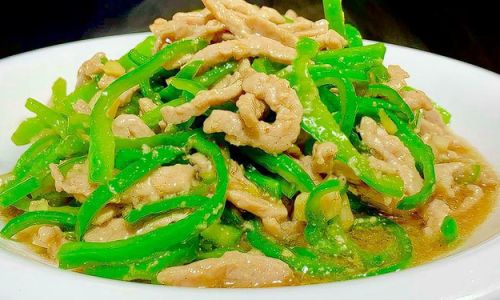
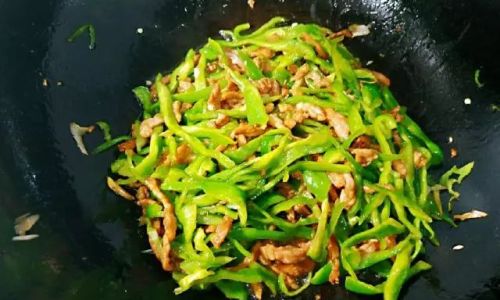
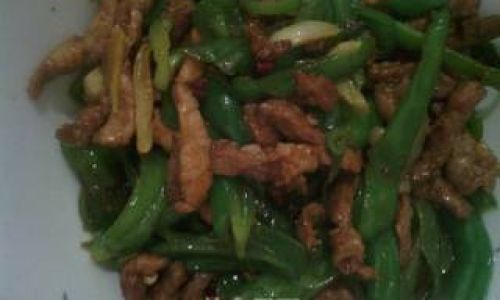
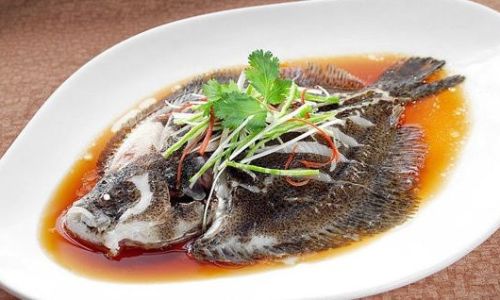


0 comments